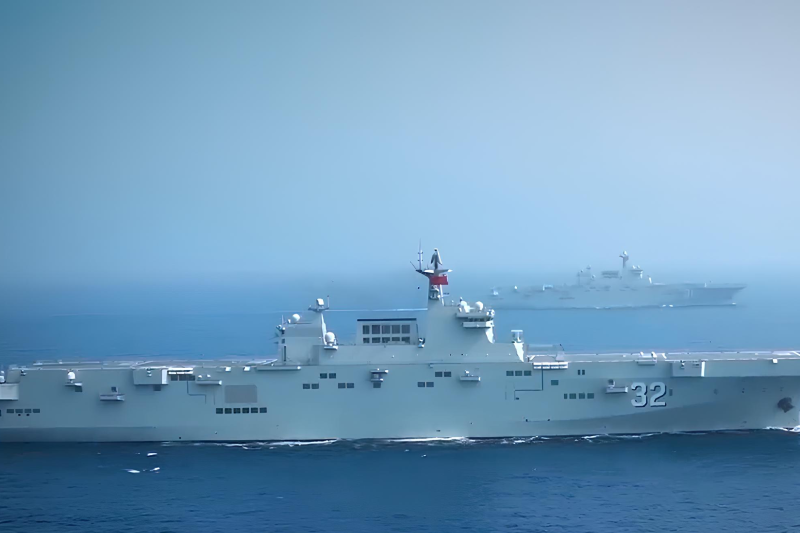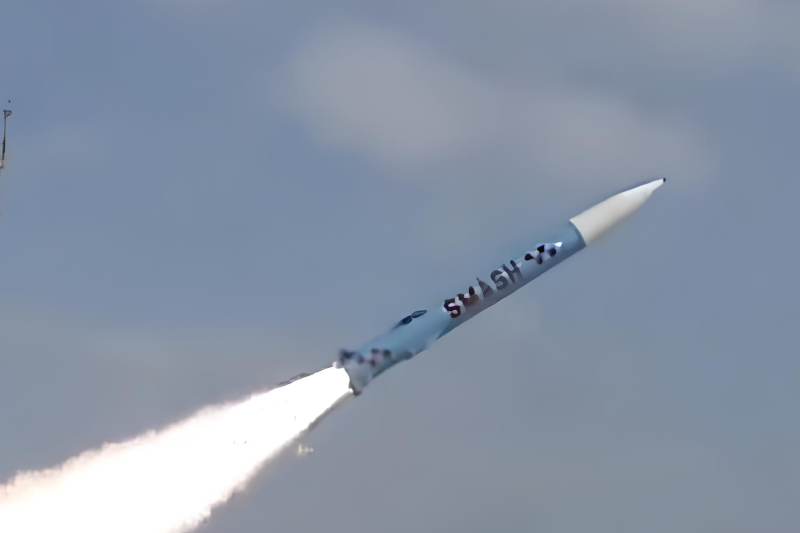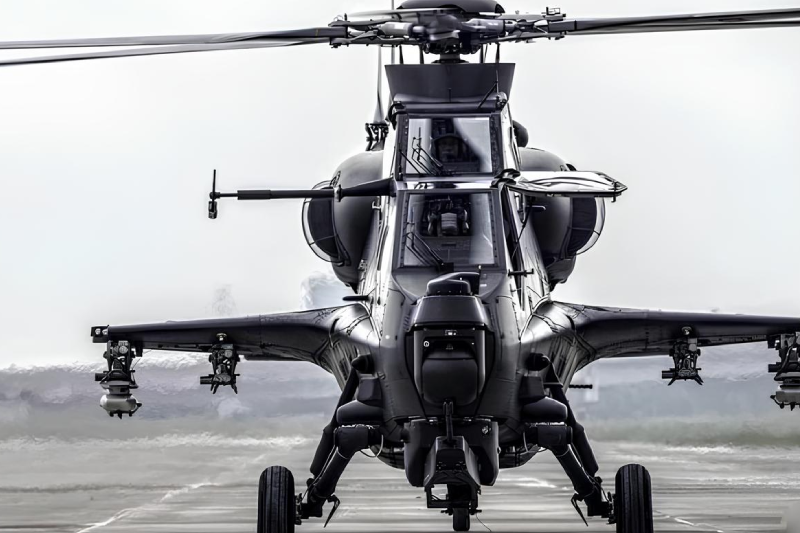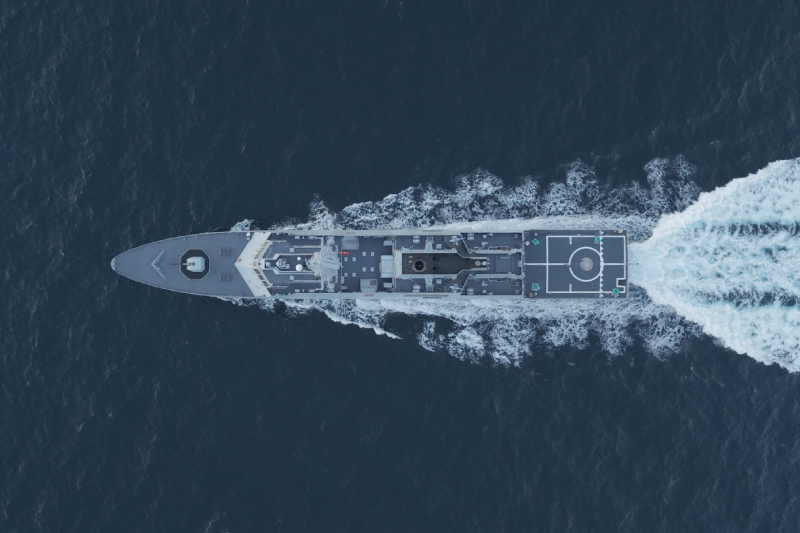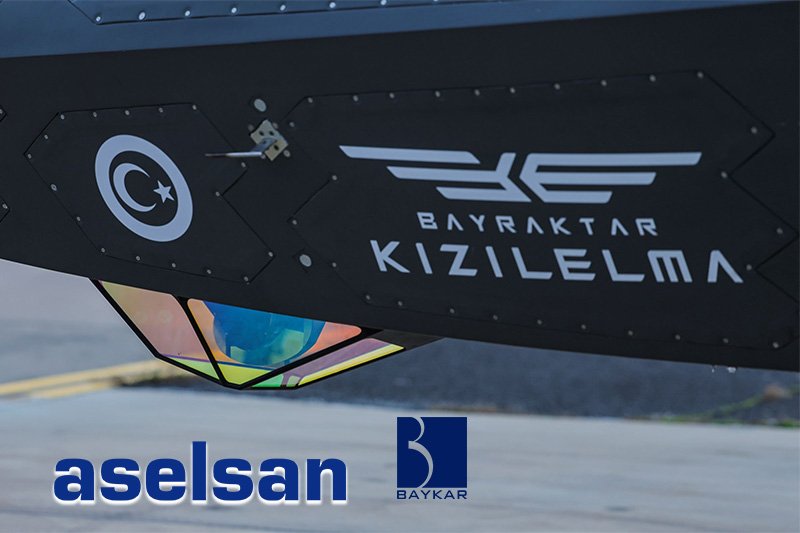Russia Deploys Dan-M Kamikaze Drones via Mi-8 Helicopters
Russian military forces have introduced a significant tactical innovation by deploying jet-powered Dan-M kamikaze drones from Mi-8 helicopters, marking a notable evolution in unmanned aerial warfare capabilities. This air-launch methodology represents a strategic shift aimed at maximizing operational range while reducing deployment costs in ongoing military operations. “Russia Deploys Dan-M Kamikaze Drones via Mi-8 Helicopters”.
Helicopter-Launched Drones Boost Tactics
The Russian Aerospace Forces (VKS) have successfully demonstrated the operational deployment of Dan-M drones using rotary-wing aircraft platforms. Recent footage released by Russian media sources showcases this innovative launch technique, highlighting the military’s adaptation of existing helicopter assets for enhanced drone warfare capabilities.
This air-launch approach provides Russian forces with significantly greater stand-off distances compared to traditional ground-based deployment methods. The helicopter-launched configuration offers enhanced operational flexibility, allowing military commanders to position launch platforms strategically while maintaining safer distances from enemy air defense systems.
Ukrainian defense intelligence had previously identified these drone systems operating from occupied Crimean territories during attacks against Ukrainian infrastructure. The confirmed helicopter-launch capability now explains the extended operational range observed in these earlier combat deployments.
Dan-M Drone Technical Specifications
Originally developed as a training target for air defense units, the Dan-M drone has undergone significant modifications to serve as an effective kamikaze weapon system. The transformation from training equipment to combat platform demonstrates Russian military industry’s adaptability in repurposing existing technologies for operational requirements.
The drone features a compact turbojet engine providing reliable propulsion throughout its operational envelope. Ground-based launches traditionally utilize solid-fuel boosters to achieve initial flight parameters, though helicopter deployment eliminates this requirement while extending overall range capabilities.
Technical specifications reveal impressive performance characteristics for such a compact system. The Dan-M maintains flight durations up to 40 minutes, with cruising speeds ranging between 400 and 750 kilometers per hour. The drone’s operational ceiling reaches 9,000 meters, providing significant altitude flexibility for mission planning and target engagement.
Compact Design Enables Stealth
The Dan-M’s physical dimensions reflect careful engineering optimization for stealth and transportability. Measuring 4.6 meters in length with a 2.7-meter wingspan, the drone maintains a relatively small radar signature while accommodating substantial payload capacity.
The system’s radar-evading design incorporates low-observable characteristics that complicate detection and tracking by enemy air defense systems. This stealth capability, combined with high-speed performance, creates significant challenges for defensive countermeasures.
Intelligence estimates suggest the Dan-M carries approximately 40 kilograms of high-explosive warhead, providing substantial destructive capability against ground targets. The precision-strike capability makes it particularly effective against high-value infrastructure and military installations.
Cost-Effective Cruise Missile Alternative
The reconfigured Dan-M represents a cost-effective alternative to traditional cruise missile systems while maintaining comparable tactical effectiveness. This economic advantage enables Russian forces to conduct sustained operations without depleting expensive precision-guided munition stockpiles.
Despite its relatively limited range compared to conventional cruise missiles, the Dan-M’s operational envelope covers targets within several hundred kilometers of launch platforms. This range capability proves adequate for regional tactical operations while maintaining economic sustainability.
The one-way attack profile eliminates recovery and maintenance costs associated with reusable platforms, further enhancing the system’s economic attractiveness for military planners seeking cost-effective precision strike capabilities.
Advanced Flight Challenges Air Defenses
The Dan-M’s sophisticated flight control systems enable complex flight path execution, significantly complicating interception efforts by enemy air defense networks. The drone’s ability to perform high-G maneuvers enhances survivability against short-range defensive systems.
Speed and altitude flexibility provide tactical advantages during approach phases, allowing operators to optimize attack profiles based on target characteristics and defensive postures. These capabilities force enemy air defense systems to maintain constant readiness across multiple altitude bands and approach vectors.
The combination of speed, maneuverability, and stealth characteristics creates a multi-dimensional threat that strains conventional air defense response protocols. Ukrainian air defense forces must now account for this additional threat vector in their defensive planning and resource allocation.
Combat Debut Confirms Readiness
The reported May 29 attack represents the first confirmed combat deployment of Dan-M drones in actual warfare conditions. This milestone validates earlier Ukrainian intelligence reports regarding drone operations from occupied Crimean territories and confirms the system’s transition from development to operational status.
Combat deployment demonstrates Russian confidence in the system’s reliability and effectiveness under real-world conditions. The successful integration of helicopter launch platforms with drone systems indicates sophisticated coordination between different military branches and equipment types.
Also read this: Hanwha Unveils Autonomous Rocket Launcher
Strategic Implications for Modern Warfare
The helicopter-launched Dan-M deployment represents a significant development in asymmetric warfare capabilities. This innovative approach combines existing aircraft platforms with adapted drone technology to create enhanced tactical options without requiring entirely new weapon system development.
The tactical flexibility provided by helicopter-launched kamikaze drones enables Russian forces to conduct precision strikes from unexpected vectors while maintaining operational security. This capability expansion demonstrates the ongoing evolution of unmanned warfare systems and their integration into conventional military operations.
Russia’s deployment of Dan-M kamikaze drones from Mi-8 helicopters marks a notable advancement in tactical drone warfare capabilities. The combination of cost-effective design, sophisticated flight characteristics, and flexible deployment options creates new challenges for air defense systems while providing Russian forces with enhanced precision strike capabilities. This development underscores the continued evolution of unmanned warfare technologies and their growing importance in modern military operations.
Keep connected with us at Facebook, Twitter, YouTube, Instagram & TikTok for latest defense happening around the globe.
Discover more from International Defence Analysis
Subscribe to get the latest posts sent to your email.


